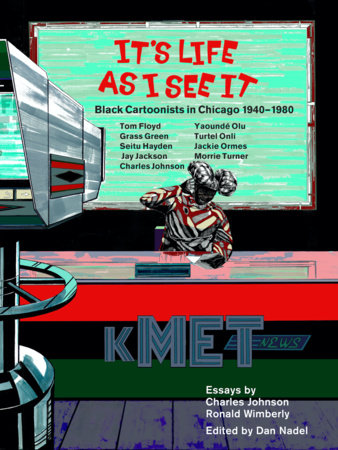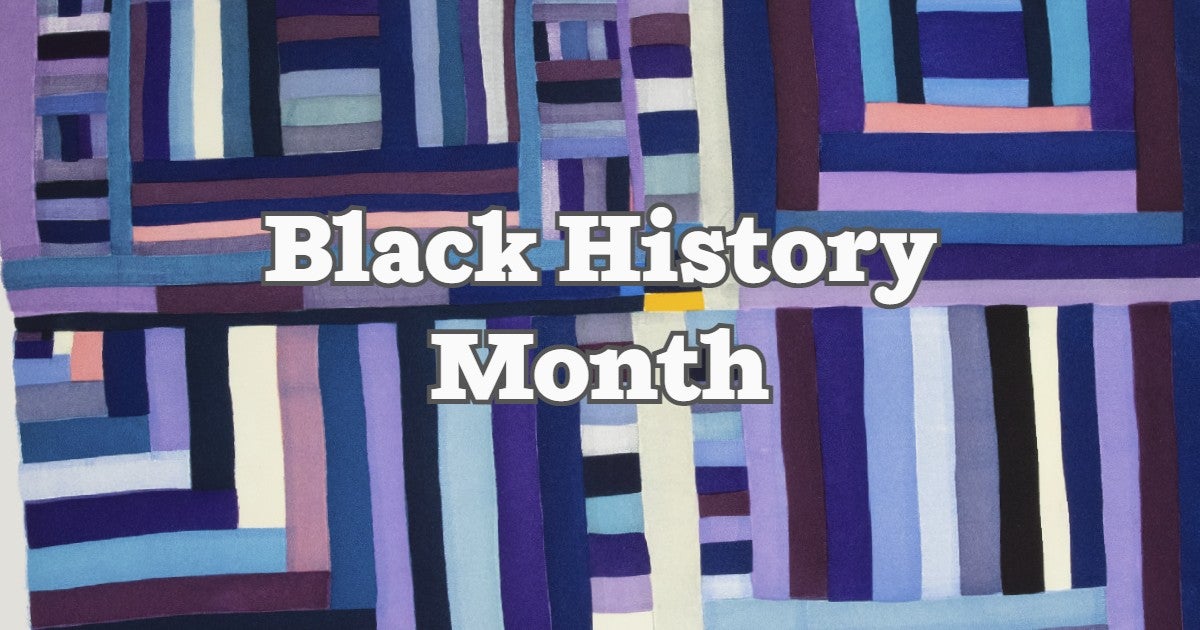“Charles Johnson’s opening essay alone is worth the price of admission . . . It’s Life as I See It is an unusually rich collection, with work that cuts across formats, from traditional newspaper strips to independent or self-published underground and art comics like Turtel Onli’s dynamic abstract story lines in his own Future Funk periodical. Some figures are better known, like the pioneering Jackie Ormes while others, like Onli, are obscure.” —Hilary Chute, The New York Times Book Review
“An important and groundbreaking collection, bringing together important voices and biographical context illustrating four decades of Black perspectives on everything from daily life to the Civil Rights Movement. Some of the strips will make your jaw drop with the way they bring to life a particular period in history, some of them will make you shake your head with the poignant realization of how little has changed, and some of them will just make you laugh.” —Eve L. Ewing, sociologist and Marvel Comics writer
“Nadel’s lush, profound and well-researched volume sheds well-deserved light on some of the most talented, tenacious, and sadly unsung heroes of modern comics.” —Emil Ferris, author of My Favorite Thing is Monsters
“This zesty anthology fills a gaping hole in the history of American cartooning by portraying nine seminal Black cartoonists and presenting . . . their creative, incisive, and socially eviscerating cartoons and comic strips. . . . [It's Life as I See It is] an invaluable treasury of dynamic comic works of satire, protest, solidarity, and liberation.” —Donna Seaman, Booklist
“The existence of this anthology—regardless of the violence that surrounds so much of the work, and, in a way, because of that violence—is a gift. It is part of the history of Black creativity and struggle through art. . . A powerful work.” —Zito Madu, The Nation
“The comics in this book are fantastic: innovative, incisive, layered, and—most importantly—blazingly funny. . . Though many of these artists were ignored by the mainstream, they created their own mainstream, a thriving space in which their Blackness was a starting point for rigorous engagement with American society.” —Tope Folarin, Vulture
“[It’s Life as I See It is] a landmark book and one that details the untold stories of the Black illustrators who shaped the world of cartooning.” —Ayla Angelos, It’s Nice That
“A fascinating collection of comics. . . . Dig deep and you’ll be absorbed.” —Henry Chamberlain, Comics Grinder
“Cartoonists for the Defender (and Jet, and Ebony, and Negro Digest) favored sparser compositions, a comedy of isolation rather than clutter. Even when the images are cluttered, the eye is directed to one area, usually wherever the Black figure stands. When you’re the only Black person in one of these panels, which is pretty often, you triumph by owning your one-of-a-kindness, standing out in style.” —Jackson Arn, Art in America
“Immersive. . . [It’s Life As I See It] showcases a rich legacy.” —Publishers Weekly






